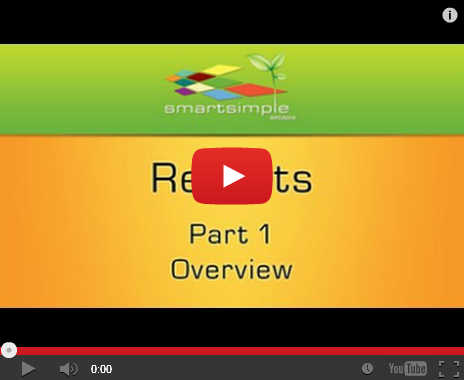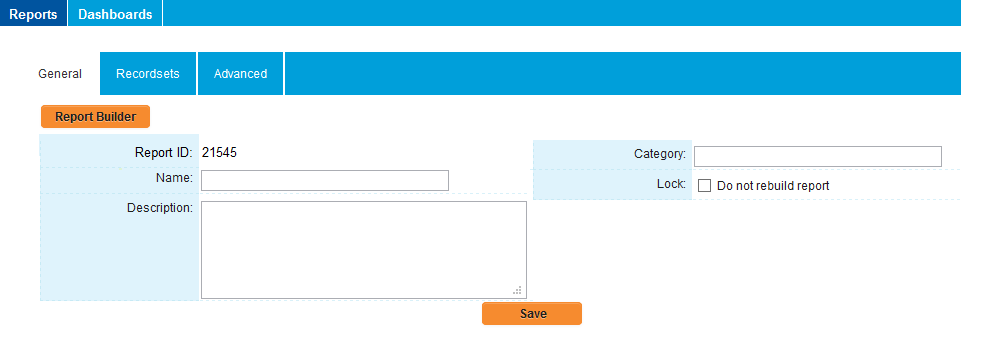Difference between revisions of "Creating a Basic Report"
Paul Dimerin (talk | contribs) |
|||
| Line 51: | Line 51: | ||
It will not be possible to preview this report, as you have not selected any table(s) nor selected any fields from the tables in the '''Report Builder'''. | It will not be possible to preview this report, as you have not selected any table(s) nor selected any fields from the tables in the '''Report Builder'''. | ||
| + | |||
| + | ==Report Builder Neo== | ||
| + | An enhanced version of the report builder has entered the beta stage. The new report builder allows for greater control of reports and features a more intuitive user interface. | ||
| + | |||
| + | *When creating a new report, a user now has the option create a report using the classic builder or the new report builder. | ||
| + | |||
| + | [[Image:Neo_report_builder.png ]] | ||
=Report Tabs= | =Report Tabs= | ||
Revision as of 12:53, 14 July 2014

View It Here
In this article, you will build a report that lists all your contacts displaying their first name, last name, and title.
1. Click the Communications, Reports window.
The Reports window is displayed.
Note: If you have many custom fields, access the reports tab within the application you are creating the report from. If you are creating a report from a particular UTA, access the reports tab from that UTA.
2. Click the New Report tab.
The New Report window is displayed.
This window contains the following settings:
- Report ID - The unique ID assigned to the report. Will be a read-only field.
- Name - The name of the report will be displayed to users accessing the report.
- Category - The category you wish to associate with this report. Entering a unique category name will create a new entry in the Category combo box. Entering an existing category name will display this report in the existing category.
- Description - Narrative description of the purpose of the report.
- Lock - The "Do not rebuild report" checkbox indicates that the report should not be rebuilt in case of a custom Report Template, it will give an alert when the Report Builder button is clicked.
- Report Builder - This button opens the Report Builder.
- Recordsets - This tab is used to select which tables are required in the report, the relationships between the tables, and the primary table. The primary table determines how data will be joined when multiple tables are selected.
- Advanced - This tab shows advanced settings for the report. See this page for details on settings: Edit Report Page: Advanced Settings Tab
3. Set the Name to Contact List.
4. Set the Category to Training Reports.
This will create a new entry in the category combo box – Training Reports.
5. Set the Description to List Contacts - All.
6. Click the Save button.
The report is saved and the Delete and Preview buttons are displayed.
It will not be possible to preview this report, as you have not selected any table(s) nor selected any fields from the tables in the Report Builder.
Report Builder Neo
An enhanced version of the report builder has entered the beta stage. The new report builder allows for greater control of reports and features a more intuitive user interface.
- When creating a new report, a user now has the option create a report using the classic builder or the new report builder.
Report Tabs
In addition to the Delete and Preview buttons, a new set of tabs are displayed at the top of the report window.
- Security – used to set the role permissions that will allow other users to access the completed reports.
- Sub-Reports – used to build a “nested” report.
- File Export – used for the default export settings for the report.
- Custom Export – used to create a custom export for the report.
- Report Template – used to control the layout and formatting of the report.
<html> <body> <table> <tr><td>@navbar@</td></tr> <tr><td>@header@</td></tr> <tr><td>@rows@</td></tr> </table> </body> </html>
- Charts – used to create one or more charts to be associated with the report.

